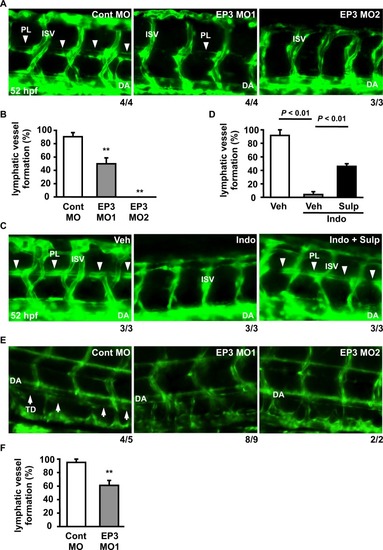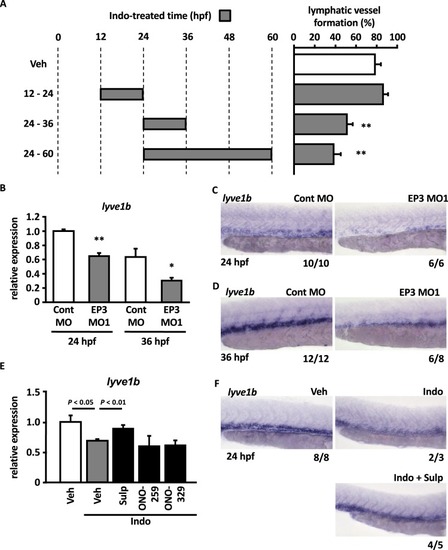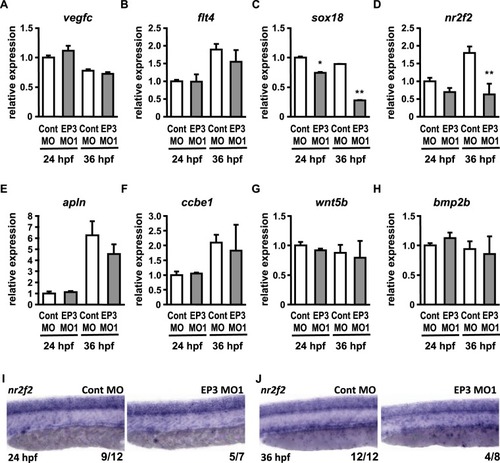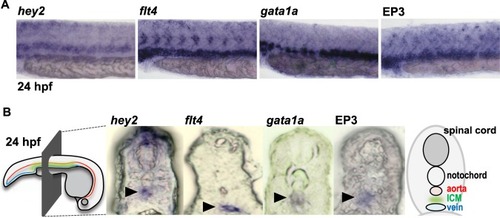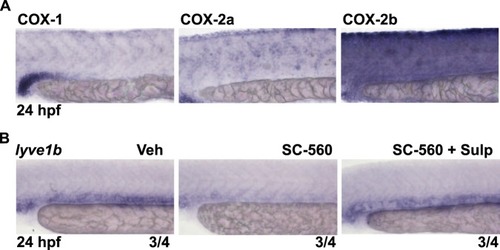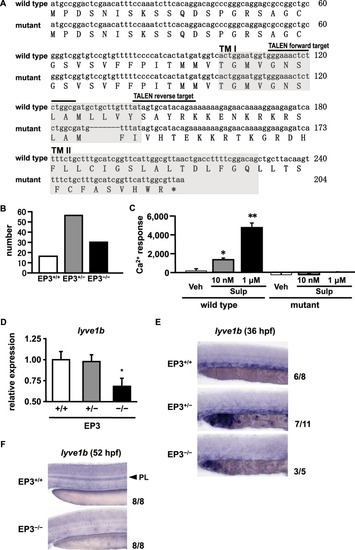- Title
-
Essential role of prostaglandin E2 and the EP3 receptor in lymphatic vessel development during zebrafish embryogenesis
- Authors
- Iwasaki, R., Tsuge, K., Kishimoto, K., Hayashi, Y., Iwaana, T., Hohjoh, H., Inazumi, T., Kawahara, A., Tsuchiya, S., Sugimoto, Y.
- Source
- Full text @ Sci. Rep.
|
Role of the PGE2-EP3 pathway in lymphatic vessel formation. ( |
|
Role of the PGE2-EP3 pathway in the lymphatic specification from venous to lymphatic endothelial cells. ( |
|
Expression of genes involved in lymphatic specification. ( |
|
EP3 receptor mRNA is expressed in the posterior cardinal vein and the neighboring ICM. ( EXPRESSION / LABELING:
|
|
COX1-derived PGE2 is involved in the lymphatic specification. ( |
|
Effect of EP3 receptor deficiency on lymphatic specification and development. ( |

